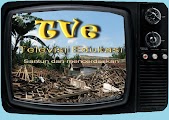Chapter 22--Development and Birth
Return to Study Questions
Chapter 21--Reproductive System
Return to Study Questions
Chapter 20--Endocrine System
Return to Study Questions
Chapter 19--Senses
Return to Study Questions
Chapter 18--Musculoskeletal System
Return to Study Questions
Chapter 17--Nervous System
Return to Study Questions
Chapter 16--Excretory System
Return to Study Questions
Chapter 15--Respiratory System
Return to Study Questions
Chapter 14--Lymphatic System and Immunity
Return to Study Questions
Chapter 13--Circulatory System
Return to Study Questions
Chapter 12--Digestion
Return to Study Questions













0 komentar:
Posting Komentar